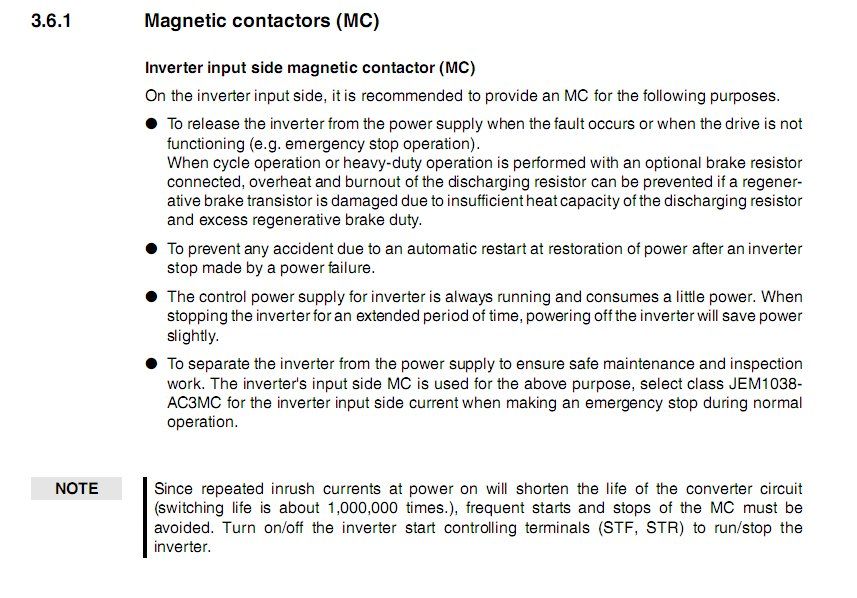Now I have my MF4 I need to convert it to single phase. I thought I would start a thread on this just in case it interests anyone, or of course if anyone has comments/suggestions on what I am doing!
I suspect progress will be in fits and starts but I'll do my best to update here as as I go.
So, first step was to see what I have got to work with and document the existing setup just in case I want to return it to 3 phase.

So it looks like the stop start switches are orginal, as is the contactor but the reversing switch and e-stop look to be add ons. Oddly, the reversing switch appeared to be linked out, not sure why!
Also an interesting arrangement of square of polycarbonate behind the reversing switch, held on with a small stud but no nut…..
Anyway, that lot was all stripped off, leaving just the ally bracket at the back which I am thinking of using to mount the inverter.

Next step was to get an inverter. I do have a spare but it is 1.5kW and pretty bulky. Plus it doesn't have a display/keyboard and I have yet to work out how to configure it via RS485. So for this one I decided to buy new.
Given that, first job was to decide what size. The motor plate says 3A FLA at 240V 3 phase and I will be using this inverter only for the drill so can use soft start. Given that, and the fact it will not start under load I think (hope! ) I am safe using a 3A+ inverter.
A quick trawl of the internet found a Yaskawa J1000 (0.75kw/0.4kW) that appears to fit the bill at a reasonable price. The two ratings are because it has two modes: Normal duty where it is rated at 3.5A and 120% overload for 60 seconds and heavy duty where it is rated at 3A but 150% overload for 60 seconds. Doing the sums shows that normal duty is good for 4.2A for 60 seconds but heavy duty is 4.5A for 60 seconds. I'll probably use heavy duty although I doubt it will matter much in practice.
Less than 24 hours from ordering (from http://www.inverters-uk.co.uk) this turned up……

The silver box in the middle is an emc filter. Previously (on my boxford) I have got away without using one of these but you really should and it can cause real problems with other equipment if you don't so this time I ordered one. It was a bit of a shock to find it has a bigger footprint than the inverter but that isn't really a problem 
Edited By Toby on 12/01/2017 16:53:08
Edited By Toby on 12/01/2017 17:11:14
Toby.



















